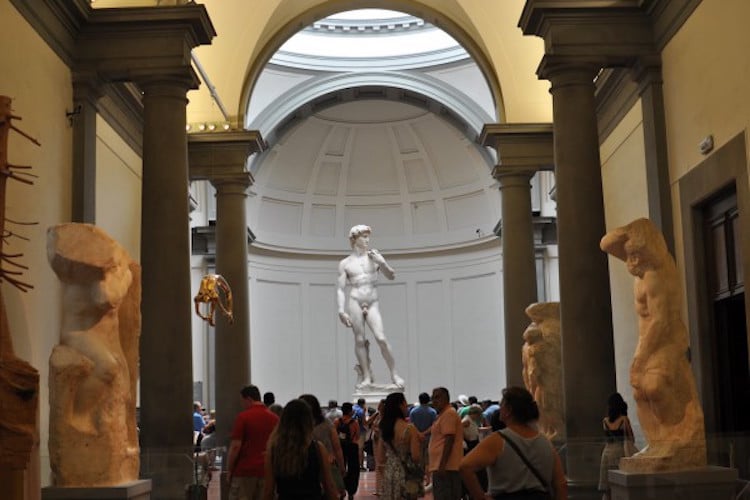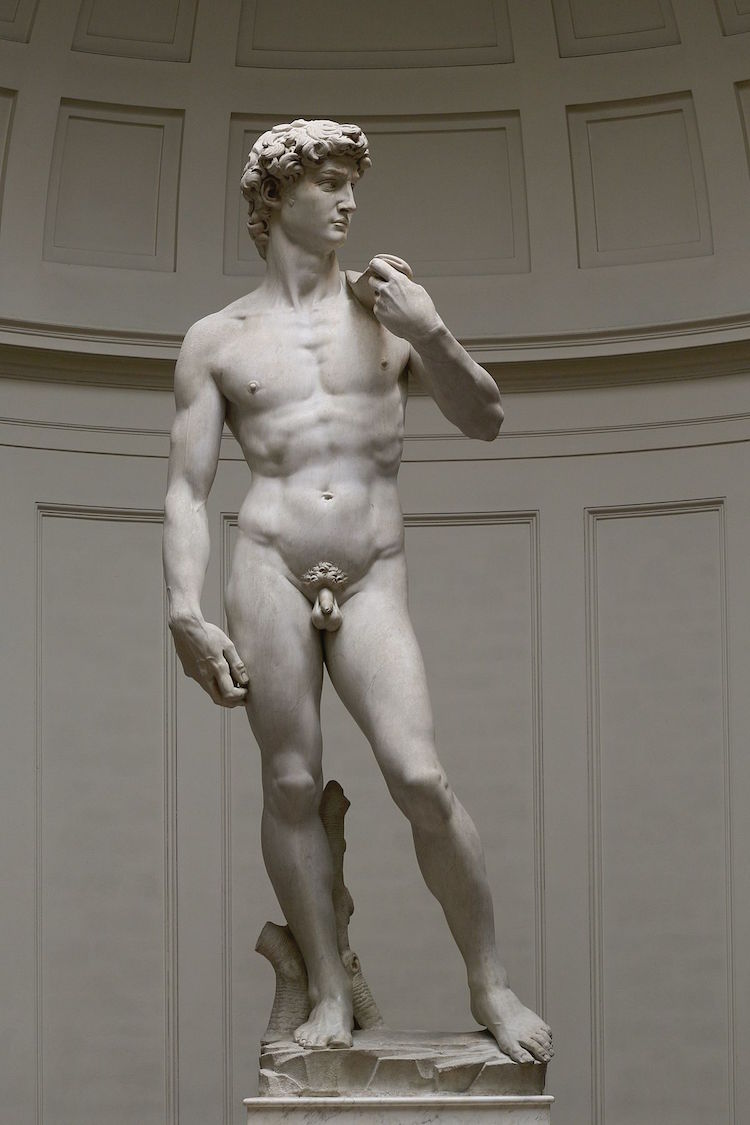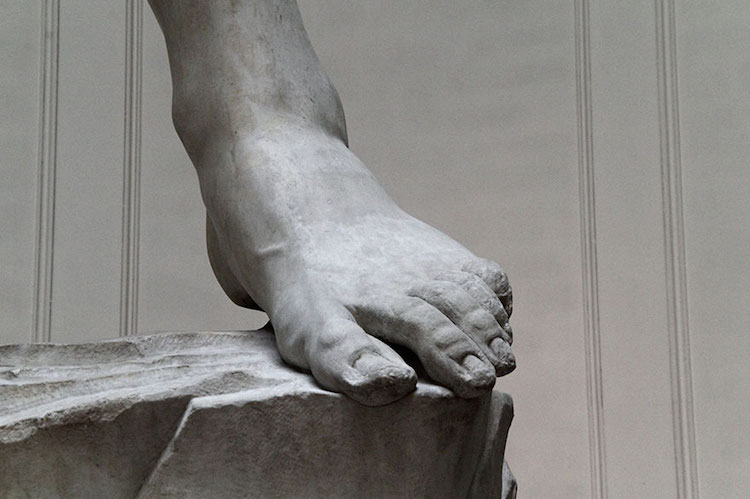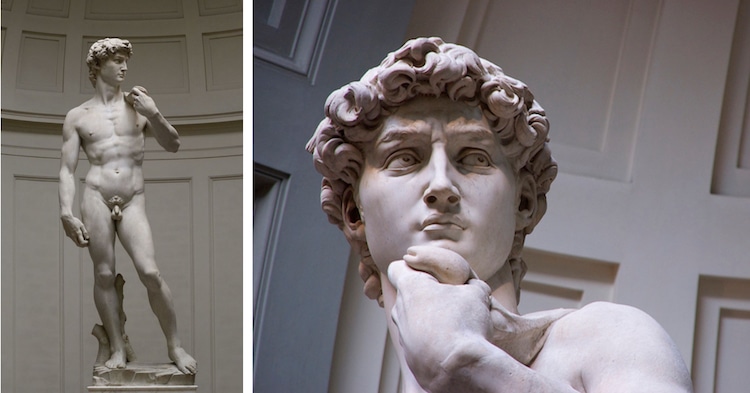Michelangelo’s defiant David statue has captivated the world for centuries. Considered one of art history’s major masterpieces, the marble sculpture showcases both the artist’s skill and the fine art focus that defines the Renaissance.
Listen beautiful relax classics on our Youtube channel.
Since its debut in the early 16th century, artists and art connoisseurs alike have admired the piece. Esteemed artist, writer, and historian Giorgio Vasari noted that “no other artwork is equal to it in any respect, with such just proportion, beauty and excellence did Michelangelo finish it.” To understand why the sculpture has garnered such praise, one must first understand the context in which it was created.
History
Michelangelo di Lodovico Buonarroti Simoni, a key artist of the Italian High Renaissance, created the towering statue from a single block of marble between 1501 and 1504.
A prominent figure in Florence, Michelangelo—who was only 26 years old at the time—was commissioned to carve the sculpture as one in a series that would line the roof of the Cattedrale di Santa Maria del Fiore (“Cathedral of Saint Mary of the Flower”). Once the 6-ton piece was completed, however, it was clear that it would be nearly impossible to lift. Thus, it was decided that David would instead be placed in the Palazzo della Signoria, where it stood as a symbol of strength and defiance from 1504 until its permanent relocation to the Galleria dell’Accademia in 1873.

Cattedrale di Santa Maria del Fiore (“Cathedral of Saint Mary of the Flower”) in Florence
Photo: Destination360

‘David’ in the Galleria dell’Accademia
Photo: Uffizi.org
Symbolism
The sculpture portrays David, a biblical figure. In a particularly well-known narrative (1 Samuel 17), David battles Goliath, a colossal Philistine. Against all odds, an unarmored David knocks down his enemy using a sling and then beheads him with his own sword. Given David’s esteemed reputation, it is not surprising that the Office of Works would choose to feature the figure as a subject in their sculptural series of historic greats.
Additionally, as an independent city-state, the Republic of Florence was aware of the threats that surrounded them. Therefore, they viewed David as a perfect symbol of Florence, as he captured the unwavering courage, unexpected strength, and historic perseverance that they saw in themselves.
Artistic Significance
Lifelike Anatomy
During the High Renaissance, Michelangelo created figurative works that focused on balance, harmony, and the ideal form. David showcases these artistic sensibilities through his lifelike, asymmetrical posture—known as contrapposto or “counterpose”—and his realistic and highly detailed anatomy.

Photo: Jörg Bittner Unna , via Wikimedia (CC BY 3.0)

Photo: Accademia.org

Photo: Accademia.org

Photo: Accademia.org

Photo: Accademia.org

Photo: Accademia.org
The post Art History: The Meaning Behind Michelangelo’s Iconic ‘David’ Statue appeared first on My Modern Met.
Source: mymodernmet.com
